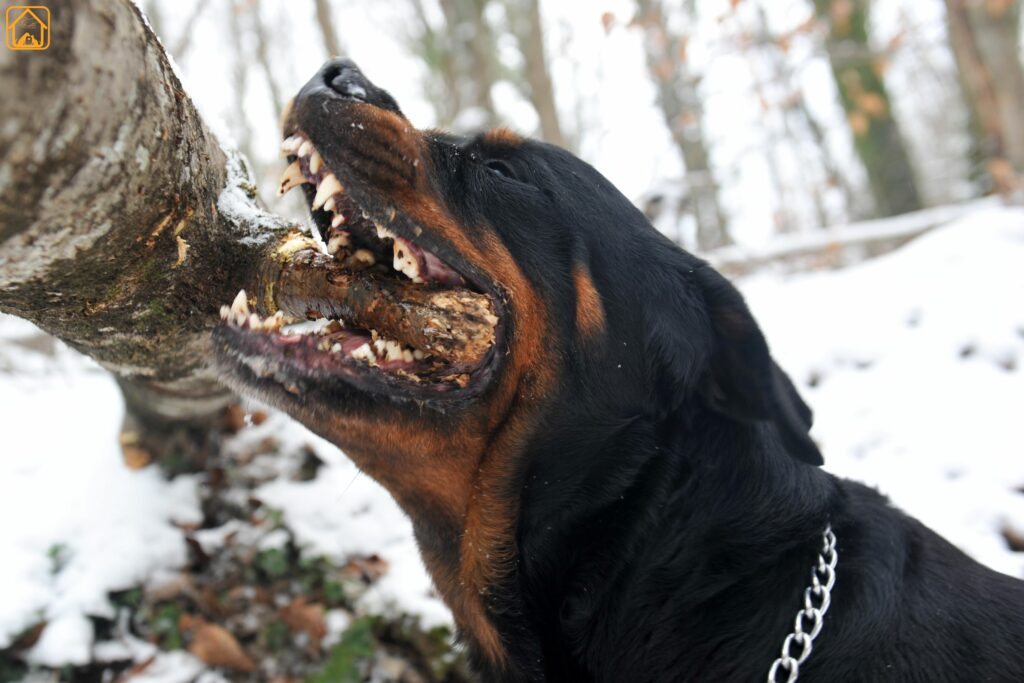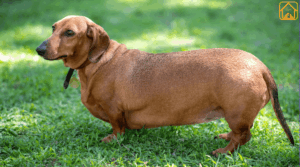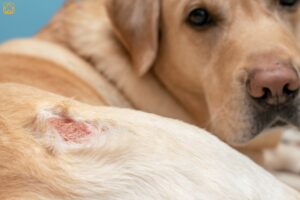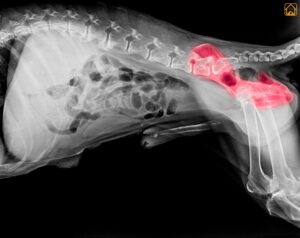Understanding Dog Bite Force: What Is PSI and How Is It Measured?
The term dog bite force refers to the amount of pressure a dog’s jaws can exert when they bite down. It’s like the difference between a gentle squeeze and a bone-crushing chomp. The bite force is measured in pounds per square inch (PSI), but you might also see it expressed in kilograms (KG) or Newtons.
PSI is calculated using special tools that measure how much force a dog applies when biting down on a sensor. Scientists and veterinarians use these measurements to study differences between breeds and individual dogs.
Why Use PSI for Dogs?
- Objectivity: PSI gives a clear, measurable comparison between breeds.
- Safety research: Helps experts study which breeds have the strongest dog bite force and why.
- Training and care: Knowing bite force helps pet parents pick toys and understand safety needs.
Quick Conversion Table
| Unit | Equivalent |
| 1 PSI | 0.07 kg/cm² |
| 1 KG | 9.8 Newtons |
| 1 PSI | 6.89 kPa (kilopascal) |
Average Dog Bite Force
The average bite force of a dog is around 230-250 PSI. Some breeds, like the Kangal or Cane Corso, can hit much higher numbers, while smaller breeds might fall well below this average. For perspective, a human’s average bite force is about 120-140 PSI. Surprised? Me too.
So, the next time your pup gives you a gentle nibble, just remember, there’s a lot of science behind that playful bite!
Why Bite Force Matters: Safety, Training, and Misconceptions
Bite force isn’t just an interesting statistic, it has real-world implications for both dogs and their families. A high dog bite force can mean a dog needs tougher toys, but it doesn’t mean they’re aggressive. In fact, the strongest bite force of dog breeds is often found in gentle giants like Kangals or Mastiffs.
Here’s the weird part, many people assume that a dog with a strong bite is dangerous. Actually, training, socialization, and environment play bigger roles in safety than bite force. I’ve met Pit Bulls with big reputations and even bigger hearts, proving bite force alone doesn’t define temperament.
The Science Behind Dog Bite Strength: Factors Influencing Bite Force
So, what determines the bite force of dogs by breed? It’s not just the size of their head or how buff they look. Scientists say several factors work together:
- Size & Muscle: Larger breeds usually have more powerful jaws and stronger jaw muscles.
- Skull Shape: Breeds with shorter, wider heads (like Rottweilers or Bulldogs) can generate more pressure.
- Genetics & Purpose: Dogs bred for guarding or working often have higher bite strengths (think Kangal or Cane Corso bite force).
- Individual Variation: Even within breeds, bite force can vary a lot. A big Lab may bite harder than a small one.
Fact: The PSI of dog bite can even change with age, health, and training. I’ve seen older dogs with less bite power than elder dogs of the same breed.
Top 10 Strongest Dog Bite Force Breeds (Chart)
Here’s the top 10 strongest dog bite force breeds chart showing in PSI and KG (estimates based on research and expert sources).
Kangal (700-743 PSI):
The Kangal is a giant dog from Turkey, known for having the strongest bite of any breed. These dogs were bred to guard sheep from big predators like wolves. Even though they’re very powerful, Kangals are calm and protective. They do best in homes with space and experienced dog owners.
Cane Corso (650-700 PSI)
The Cane Corso is a strong and smart dog from Italy. It was originally used to guard homes and help with hunting. They are loyal and serious about protecting their family. These dogs need early training and a confident owner who can give them structure, exercise, and clear guidance.
Dogue de Bordeaux (556 PSI)
The Dogue de Bordeaux is a heavy and powerful dog from France. Known for its large head and strong bite, this breed is surprisingly gentle with loved ones. They are loyal, protective, and calm around family. These dogs thrive in quiet homes with patient owners who offer steady care and attention.
Tosa Inu (556 PSI)
The Tosa Inu is a rare and powerful breed from Japan, originally developed for dog fighting. It has a calm, watchful personality but can be incredibly strong when needed. Tosas are loyal to their families and protective of their home. They need experienced owners who can train and socialize them well.
English Mastiff (550-552 PSI)
The English Mastiff is one of the biggest dog breeds in the world. They’re large and strong, but usually very gentle and relaxed. Their strong bite doesn’t match their soft-hearted nature. With proper care, space, and training, Mastiffs make calm and loving pets for families with room to spare.
Perro de Presa Canario (540 PSI)
The Perro de Presa Canario is a large, strong dog from the Canary Islands. Bred for guarding and working livestock, it has a powerful build and strong bite. These dogs are confident and alert, and they form deep bonds with their owners. With proper training, they become loyal, steady companions.
Dogo Argentino (500 PSI)
The Dogo Argentino is a muscular, athletic dog from Argentina. It was bred to hunt big game and has a high bite force. Even so, they’re loyal and loving with their family. These dogs need a lot of exercise, training, and mental stimulation to stay happy and well-behaved.
Rottweiler (328 PSI)
Rottweilers are strong, confident dogs that were once used for guarding and herding. Their bite is powerful, but they’re also smart, loyal, and eager to please. With the right training and socialization, Rottweilers can be loving pets and great protectors for families who understand their needs.
American Bulldog (305 PSI)
Font: Roboto Serif, size 11
American Bulldogs are strong, muscular dogs that were once used on farms. They’re brave, loyal, and have a solid bite force. These dogs form close bonds with their families and need regular exercise and firm, consistent training to help them grow into calm and loving companions.
German Shepherd (238 PSI)
German Shepherds are smart, hardworking dogs known for their roles in police and military work. They have a strong bite but are very loyal and trainable. These dogs are great with families when given proper training, and they enjoy having tasks to do or games to play.
| Breed | Bite Force (PSI) | Bite Force (KG) |
| Kangal | 700-743 | 317-337 |
| Cane Corso | 650-700 | 295-317 |
| Dogue de Bordeaux | 556 | 252 |
| Tosa Inu | 556 | 252 |
| English Mastiff | 550-552 | 249-250 |
| Perro de Presa Canario | 540 | 245 |
| Dogo Argentino | 500 | 227 |
| Rottweiler | 328 | 149 |
| American Bulldog | 305 | 138 |
| German Shepherd | 238 | 108 |
Additionally, the Labrador Retriever, one of the most popular and family-friendly breeds has an estimated bite force of around 230–250 PSI approximately 104–113 kilograms of pressure, which is moderate compared to stronger guarding breeds.
How Does Dog Bite Force Compare to Other Animals and Humans?
Ever wondered how a dog’s bite stacks up against a human’s? Here’s a quick comparison:
- Average human bite force: 120-160 PSI
- Average dog bite force: 230-250 PSI
- Kangal (dog): up to 734 PSI
- Lion: 650 PSI
- Crocodile: over 3,000 PSI!
So, while dogs can bite harder than humans, they’re nowhere near the jaw power of big cats or crocs. Still, it’s enough to respect those teeth!
Common Myths About Dog Breeds and Bite Force
Let’s clear up some common myths:
- Myth: Pit Bulls have the strongest bite force.
Truth: Their bite is strong but not the strongest, Kangal and Cane Corso lead the pack. - Myth: Bite force predicts aggression.
Truth: Training, socialization, and environment matter much more. - Myth: All large dogs bite harder than small dogs.
Truth: Breed purpose and jaw shape can matter more than just size.
Honestly, I’ve seen tiny breeds try to take on the world, with zero bite force to back it up!
Top Bite Prevention Tips for Dog Owners
Worried about bite risks? The responsible ownership makes a huge difference. Here’s what helps:
- Train early, train often. Start socialization and obedience as soon as possible. A well-trained dog is less likely to bite, period.
- Supervise interactions. Never leave young kids alone with any dog. It’s not about distrust, it’s about safety for both.
- Watch for warning signs. Growling, lip licking, stiff posture, or “whale eye” (showing whites of the eyes) mean back off.
- Teach children dog manners. No hugging, ear pulling, or surprise bear hugs. Dogs appreciate respect, just like we do.
- Don’t punish growling. It’s your dog’s way of saying “I’m uncomfortable.” Redirect instead of scolding.
- Use safe toys. Strong jaws need tough, durable toys, no brittle bones or toys that break easily.
- Spay/neuter and regular vet visits. Healthy dogs are happier and less likely to act out from pain or hormones.
I’ve always found that a well-socialized dog, no matter the breed or bite force, is a joy to be around. A little time and patience go a long way.
FAQs About Dog Bite Force
Which dog has the strongest bite force?
The Kangal holds the record for the highest bite force of dog breeds, with estimates around 734 PSI. These Turkish livestock guardians are gentle with family but powerful protectors.
What is the average dog bite force in PSI?
The average dog bite force PSI is typically between 230 and 250, but it varies by breed, age, and individual dog.
Is a higher bite force linked to aggression?
No, there’s no direct link. Breeds with high PSI, like Cane Corsos or Mastiffs, can be calm and gentle if properly trained and socialized.
How does the bite force of a Labrador Retriever compare?
The Labrador bite force PSI is estimated around 230. Labs are strong but generally gentle, making them great family pets.
Are Pit Bulls’ bites stronger than Rottweilers’?
Rottweilers usually have a higher bite force (around 328 PSI) compared to Pit Bulls (about 235 PSI), but both are strong for their size.
Can a dog’s bite force cause serious injury?
Yes, especially in large breeds with high PSI. That’s why supervision, training, and responsible handling are crucial for safety.
How do I keep my family safe around strong-jawed breeds?
Socialize early, use positive training, supervise children, and teach everyone to respect the dog’s boundaries. Safe play and understanding are key.
Conclusion
For further reading and safety tips, check resources from the American Veterinary Medical Association or CDC Dog Bite Prevention. Remember, every dog is unique. A strong jaw can be a tool for good, fetching, playing, protecting, and loving. With knowledge and kindness, you and your pup can enjoy all the fun and none of the fear.



